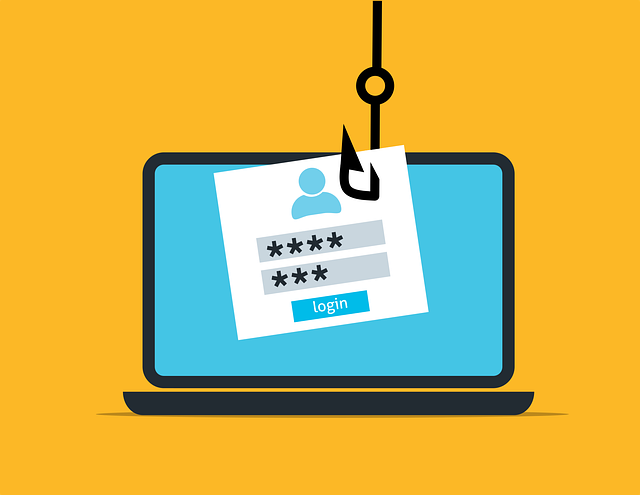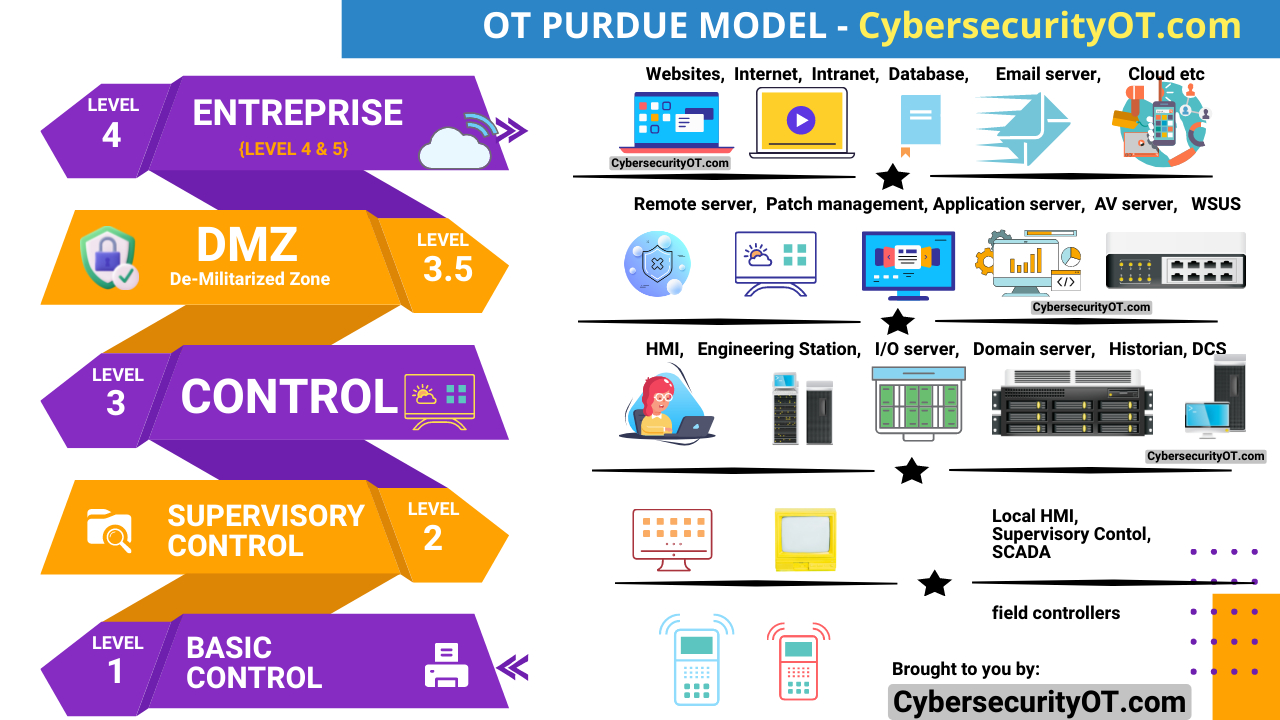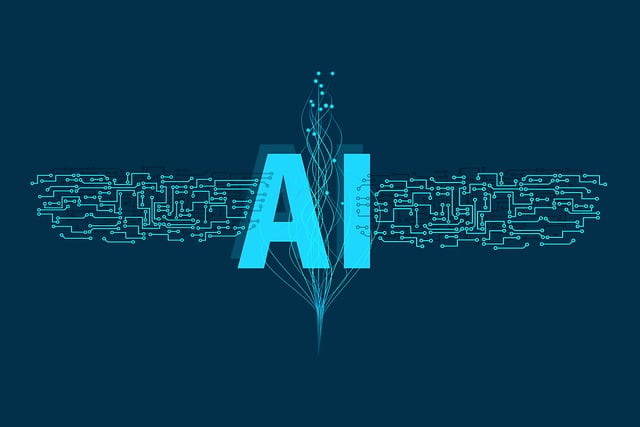The Cyber Kill Chain is a framework developed by Lockheed Martin that describes the stages involved in a typical cyber attack. It helps organizations understand the various steps attackers take to compromise systems and data, allowing for a proactive defense strategy. The stages of the Cyber Kill Chain are as follows:
- Reconnaissance: In this initial stage, attackers gather information about the target organization or individual. They may use publicly available sources, social engineering techniques, or network scanning tools to identify potential vulnerabilities and targets.
- Weaponization: Once the attackers have gathered enough information, they create or obtain the necessary tools and malware to exploit the identified vulnerabilities. This includes developing malicious code, crafting phishing emails, or acquiring exploit kits.
- Delivery: In this stage, the attackers deliver the weaponized payload to the target. This can occur through various channels such as email attachments, infected websites, or compromised software downloads. The delivery methods often leverage social engineering techniques to trick victims into executing the malicious payload.
- Exploitation: Once the payload is delivered, the attackers exploit the vulnerabilities present in the target system or application. This can involve executing malicious scripts, taking advantage of software vulnerabilities, or leveraging weak authentication mechanisms.
- Installation: After successful exploitation, the attackers install their malware or establish a persistent presence within the compromised system. This stage may involve creating backdoors, rootkits, or remote access Trojans (RATs) to maintain control over the compromised system.
- Command and Control (C2): In this stage, the attackers establish communication channels with the compromised system. This allows them to control and manage the compromised devices remotely. They may use encrypted communication protocols or hide their activities within legitimate network traffic to avoid detection.
- Actions on Objectives: At this point, the attackers pursue their primary objectives, which could include data exfiltration, system manipulation, unauthorized access, or further network compromise. The specific actions taken depend on the attackers’ motives and the targeted organization’s assets and resources.
Understanding the stages of the Cyber Kill Chain enables organizations to implement effective security measures and countermeasures. By identifying and mitigating risks at each stage, organizations can disrupt the attacker’s progress and minimize potential damage. Here are some best practices for defending against the Cyber Kill Chain:
- Threat Intelligence: Stay informed about the latest threats and vulnerabilities relevant to your organization. Regularly monitor threat intelligence sources and share information within the security community to stay ahead of emerging threats.
- Security Awareness and Training: Educate employees about social engineering techniques, phishing attacks, and safe computing practices. Implement regular security awareness and training programs to ensure employees are vigilant and can identify and report suspicious activities.
- Vulnerability Management: Regularly scan and patch systems, applications, and firmware to address known vulnerabilities. Implement a robust vulnerability management program to identify and remediate weaknesses in a timely manner.
- Access Controls: Enforce strong access controls, including the principle of least privilege, to limit user access to sensitive systems and data. Implement multi-factor authentication (MFA) to add an extra layer of security.
- Network Segmentation: Use network segmentation techniques to separate critical systems and sensitive data from the rest of the network. Implement firewalls, VLANs, and access controls to restrict lateral movement within the network.
- Intrusion Detection and Prevention Systems (IDPS): Deploy IDPS solutions to monitor network traffic and detect potential signs of compromise. Configure IDPS rules to identify known attack patterns and anomalies that may indicate an ongoing attack.
- Incident Response: Develop an incident response plan that outlines the steps to be taken in the event of a cyber attack. This includes establishing a dedicated incident response team, defining roles and responsibilities, and conducting regular drills and exercises to test the effectiveness of the plan.
- Continuous Monitoring: Implement robust logging and monitoring mechanisms to track and analyze network and system activities. Collect and analyze log data from various sources to detect and respond to security incidents in real-time.
By understanding the Cyber Kill Chain and implementing proactive defense measures at each stage, organizations can significantly improve their cybersecurity posture and mitigate the risks associated with cyber attacks.













